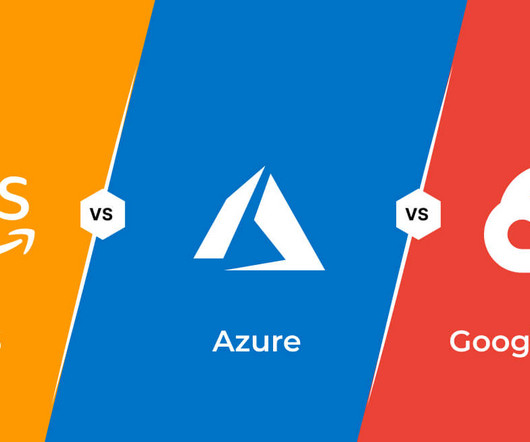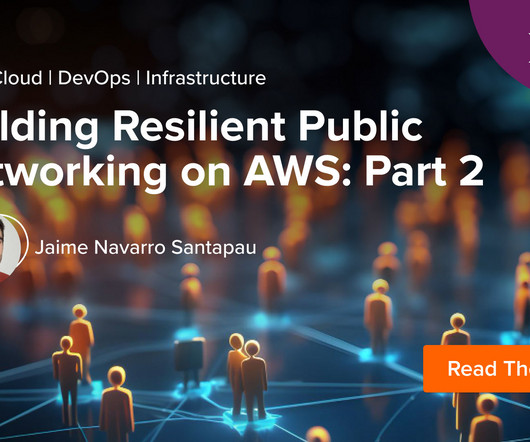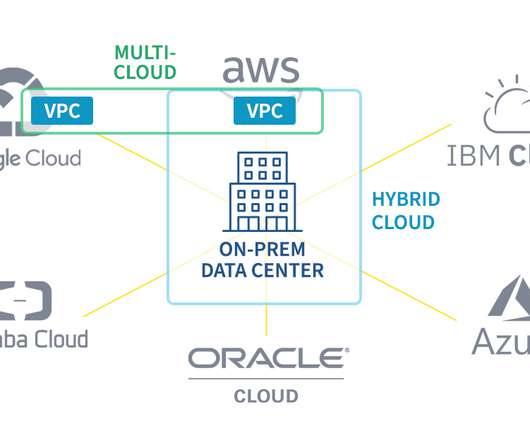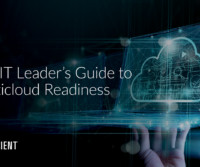AWS vs Azure vs Google Cloud: What’s the best cloud platform?
Openxcell
MAY 12, 2023
Millions of dollars are spent each month on public cloud companies like Amazon Web Services, Microsoft Azure, and Google Cloud by companies of all sizes. These three cloud services are the most secure, adaptable, and dependable cloud services that dominate the public cloud market.

























Let's personalize your content